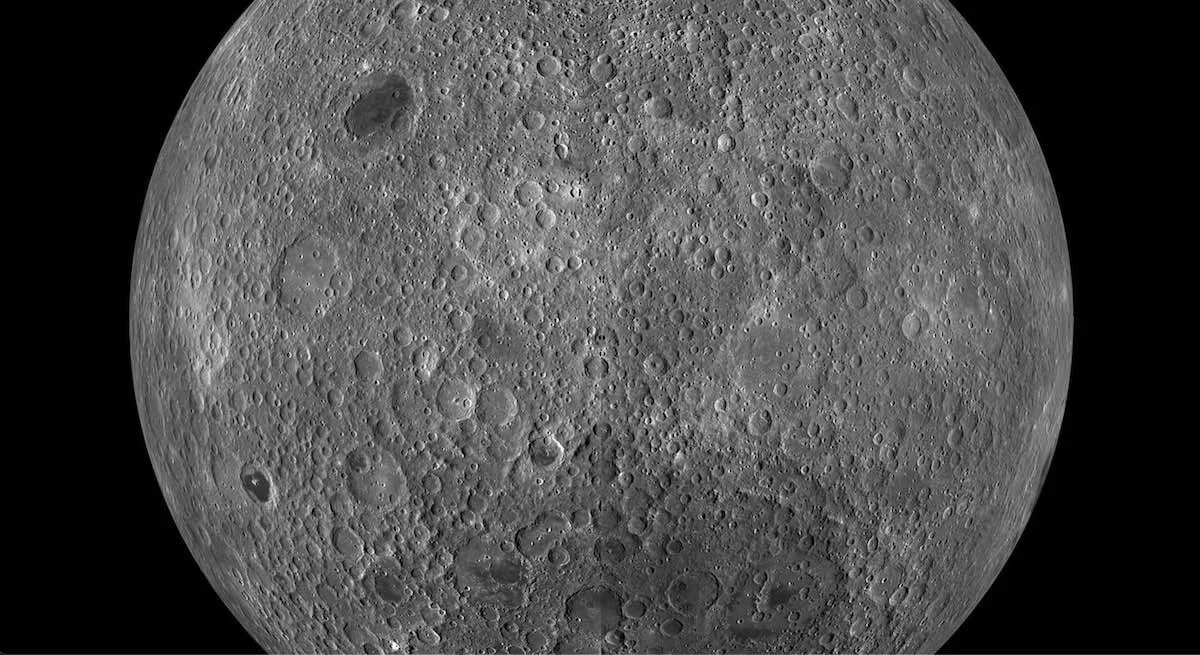
© NASA/GSFC/Arizona State University
It sounds like the plot of a science fiction film:
scientists detect odd emissions coming from the far side of the Moon, leading to the discovery of something buried under the lunar surface that fundamentally reshapes how we see Earth's natural satellite and its history.However, the recent detection of a large, heat-emitting mass buried beneath the far side of the Moon is no scene from science fiction in this case. It is among a series of observations made by satellites in lunar orbit that suggest that Earth's Moon may have a history much more like our planet than scientists once realized.
"We have discovered extra heat coming out of the ground at a location on the Moon
believed to be a long dead volcano which last erupted over 3.5 billion years ago," reports Matt Siegler, Ph.D., of the Planetary Science Institute in Tucson, Arizona.
Siegler, the lead researcher on a new study conducted by an international team that examined data collected from China's Chang'E 1 and 2 lunar orbiters, along with supplemental data obtained by NASA's Lunar Prospector and Lunar Reconnaissance Orbiters, says the discovery of the unusual object beneath the Moon's far side initially baffled the research team.
"To tell the truth we were a bit puzzled when we found it," Siegler said in a statement. Fortunately, his wife Rita Economos, Ph.D., a geochemist and one of the researchers involved in the study, was able to help provide context that allowed the team "to piece together the probable geologic cause of the heat anomaly."
Based on the data, Sigler says the mysterious object is likely an ancient granite formation.
"It's around 50km across, and the only solution that we can think of which produces that much heat is a large body of granite," Siegler said.



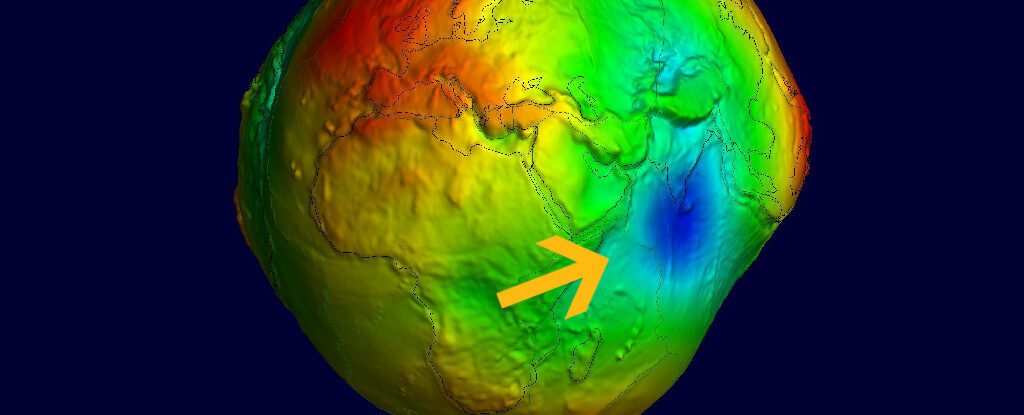
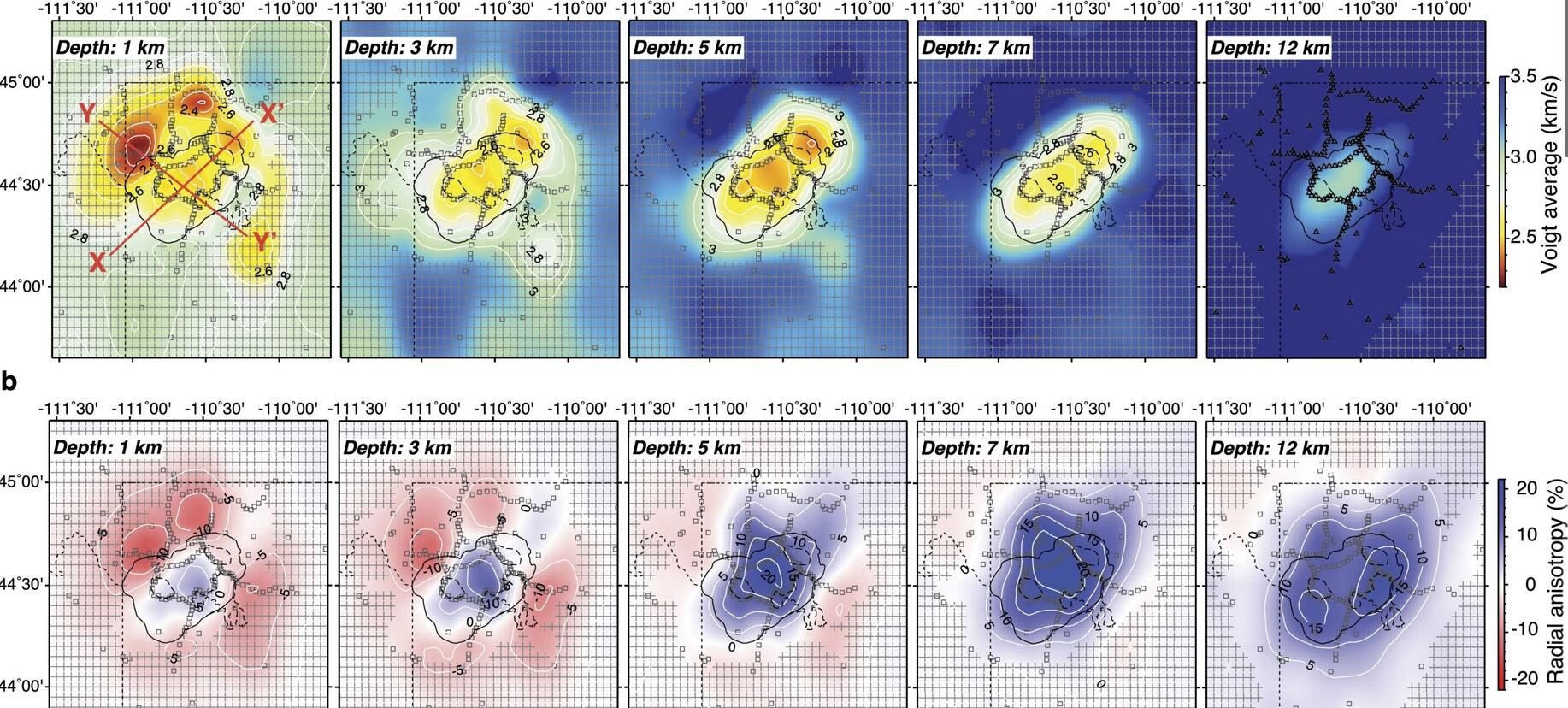
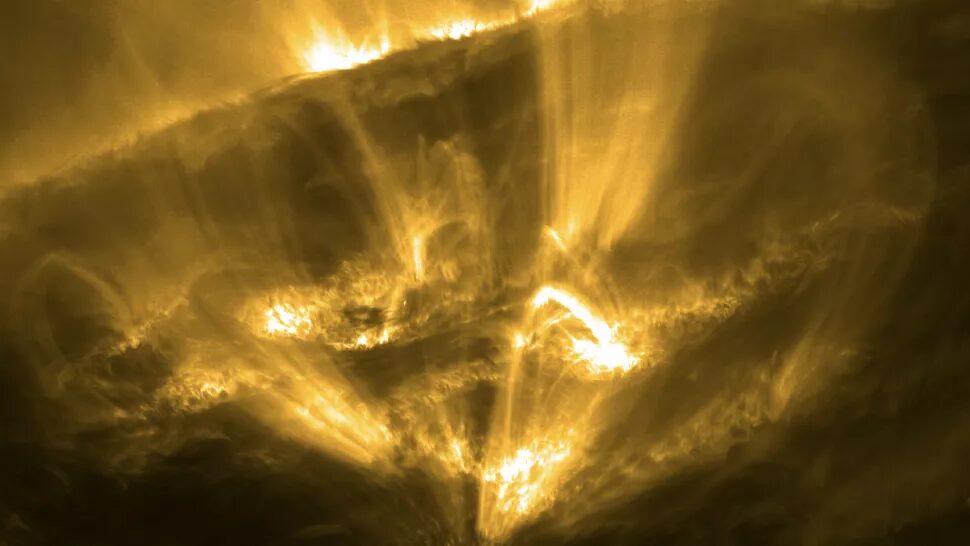


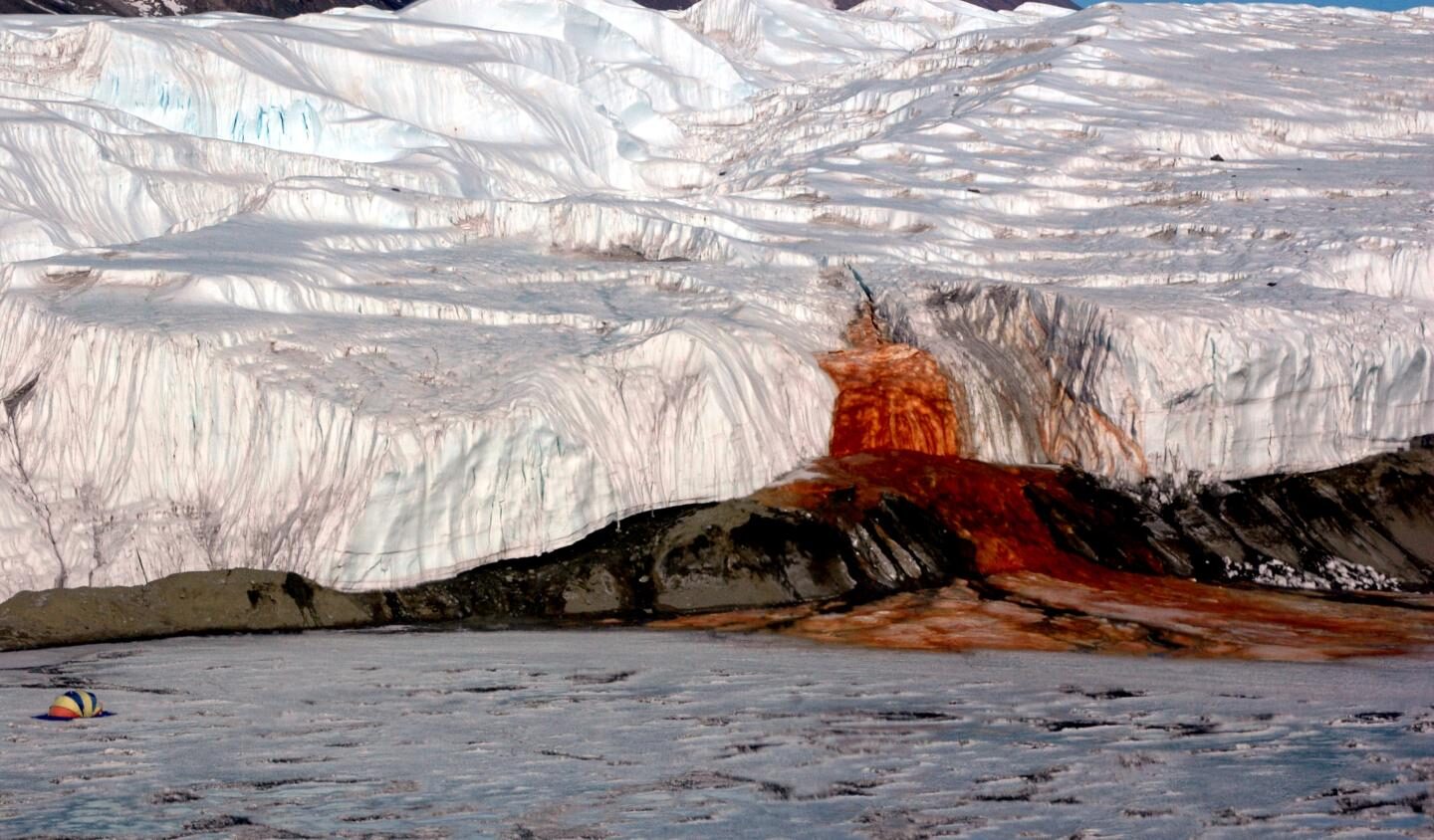



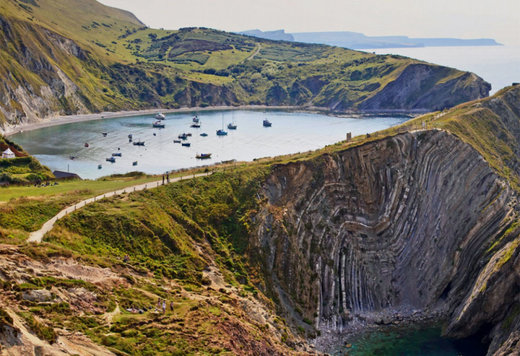
Comment: See also: